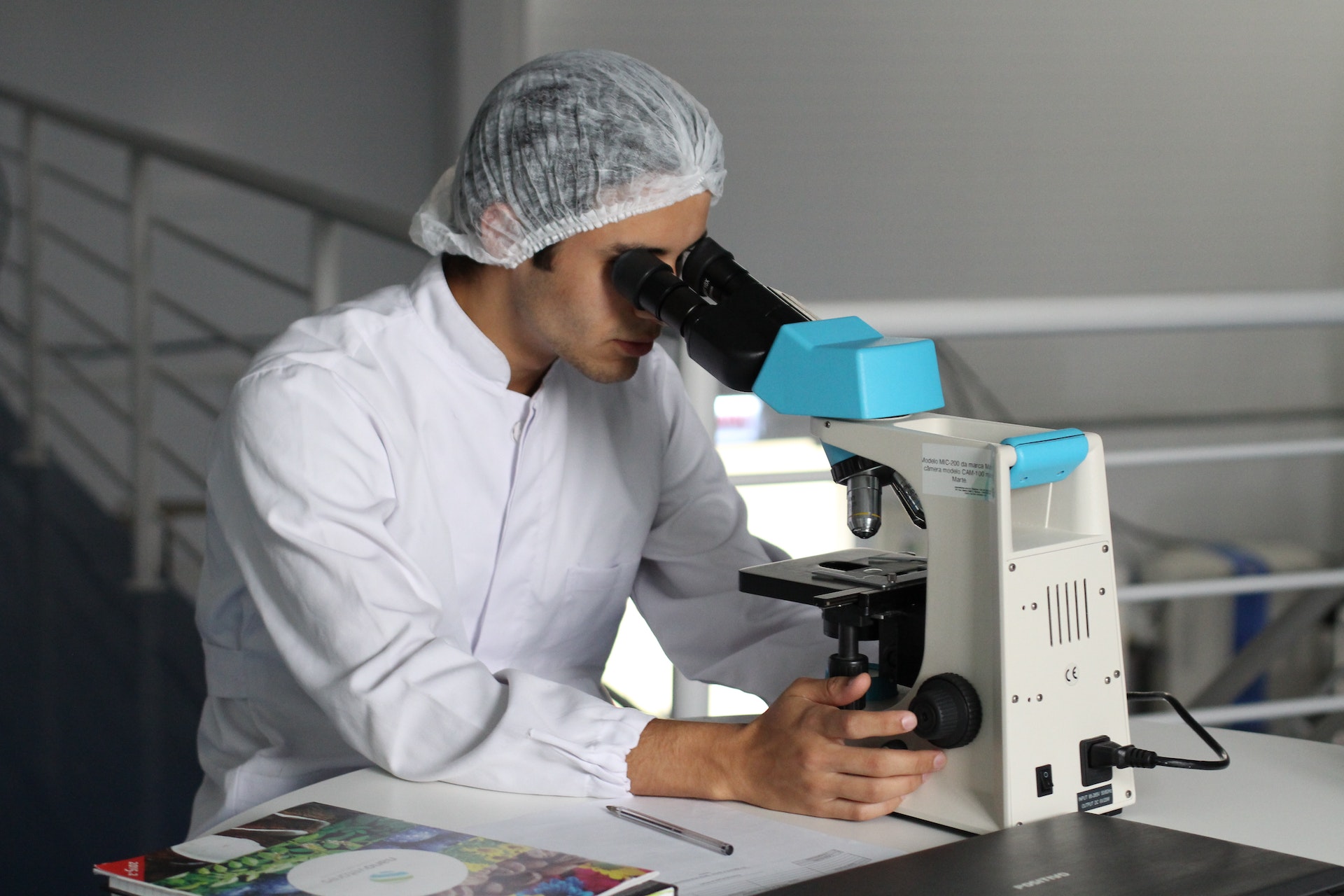Rabies is a deadly virus that can be fatal if left untreated. The disease has been around for centuries, and while significant advancements have been made in diagnosing and treating rabies, there is still much work to be done. The virus is primarily spread through the bite of an infected animal, and while it is most commonly seen in wild animals, domestic pets can also be carriers.
Once in your system, the virus travels to the brain, where it attacks the nervous system. Symptoms can take weeks or even months to appear, and by the time they do, it is often too late for treatment. By better understanding current methods of testing for rabies and the limitations of these methods, we can develop new, more effective ways to detect the disease and help save lives.
Present Methods of Testing for Rabies
There are a number of issues with the current tests for rabies:
Lack of standardization: Because multiple tests are needed to confirm a diagnosis of rabies, there is no standardization among laboratories. This can lead to inconsistent results and make comparing data between different studies difficult. The impact on public health is significant. If we can’t rely on the accuracy of test results, it becomes much harder to track and control outbreaks effectively.
Costly and time-consuming: The current tests for rabies are expensive and can take weeks to complete. This is a significant barrier to diagnosis, particularly in resource-limited settings. It is also a major obstacle to effective surveillance. If it takes weeks to get results back, it can be difficult to track the spread of the disease in real time.
Impact on countries without high laboratory capabilities: The current tests for rabies require high-level laboratory capabilities, which many countries do not have. This is because the tests must be performed in specialized laboratories using expensive equipment that helps to ensure accuracy. In countries without these capabilities, patients may not be able to get the testing they need in a timely manner, if at all.
With all these limitations, there are many opportunities for rabies testing. Luckily, ELISA testing offers a more effective and efficient way to detect the disease.
ELISA Testing Could Be the Answer
ELISA testing could provide a solution to some of the problems with current rabies tests. ELISA, or enzyme-linked immunosorbent assay, is a type of test that can be used to detect proteins in a sample. This type of testing is already used for a variety of purposes, including the detection of antibodies in the blood. The advantage of using ELISA to test for rabies is:
Standardization: ELISA testing can be standardized more easily than other tests for rabies. This is because the test can be performed in a single laboratory using a consistent protocol. This would allow for more reliable comparisons between studies and make it easier to track the disease.
Cost-effective: ELISA testing is less expensive than other tests for rabies due to the automation components of the test. In addition, the test can be run on samples that are not as fresh, which would make it easier to test in areas where samples may be difficult to obtain.
Sensitivity: ELISA testing is more sensitive than other tests for rabies, meaning that it can detect the disease at lower levels. This is important because it means that the test can be used to detect the disease earlier when treatment is more likely to be effective.
High laboratory capability not required: ELISA testing does not require high-level laboratory capabilities. This is because the test can be performed using a simple ELISA reader, which is widely available. This would make it easier to test for rabies in countries where laboratory infrastructure is limited.
The Bottom Line
The current tests for rabies have a number of limitations that make them ineffective. ELISA testing offers a more effective and efficient way to detect the disease. Read more on ELISA kits if you are interested in this technology and its applications for the detection and diagnosis of infectious diseases like rabies.




















